Textile engineers, especially merchandisers, are often confused between taffeta and pongee. Which one is better? Pongee or Taffeta? There is a difference between them.
Table Of Contents
What is Taffeta?
Taffeta fabric is a crisp, smooth woven fabric that’s traditionally made from silk. Nowadays, it is manufactured using synthetic fibers like polyester or nylon FDY filament yarn. It’s popular for its luxurious sheen and structured appearance.
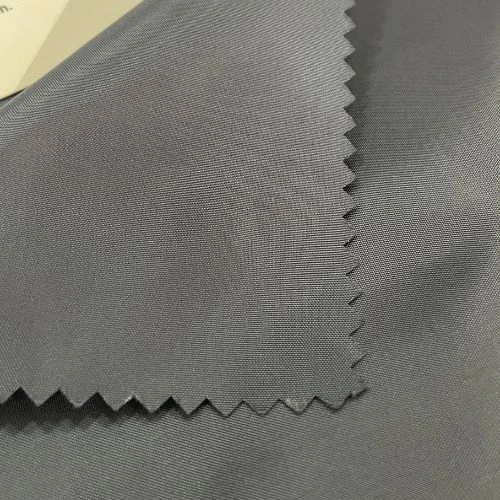
Figure: 100% Polyester Taffeta Fabric
Key Features of Taffeta:
- Known for its lustrous finish and stiff texture.
- Used in high-end clothing like evening gowns and wedding dresses.
- Often has a rustling sound due to its tightly woven construction.
What is Pongee?
Pongee fabric is a lightweight, plain-weave fabric with a subtle sheen, commonly made from polyester DTY filament yarn. It has a softer, more flexible feel compared to taffeta and is widely used for practical purposes.
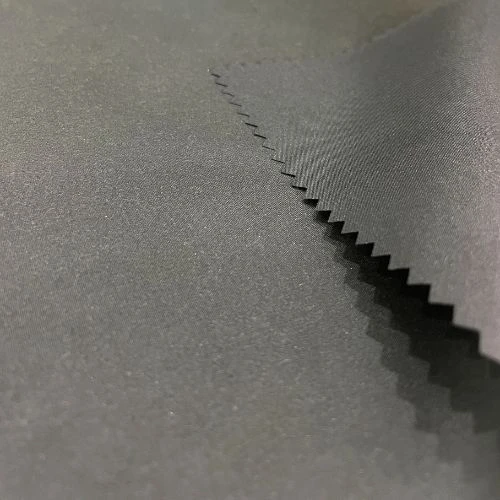
Figure: 100% Polyester 240T Pongee Fabric
Key Features of Pongee:
- Soft, smooth texture with a matte finish.
- Lightweight and more breathable and stretchable than taffeta.
- Often used in umbrellas, linings, and outerwear. After reading both parties' definitions, you may get a little idea about taffeta vs pongee. Now comes to the Main difference between taffeta and pongee fabric.
Difference Between Taffeta and Pongee
Here’s a detailed side-by-side comparison of the taffeta and pongee to make things crystal clear:
|
Feature |
Taffeta |
Pongee |
|
Appearance |
Shiny, structured |
Matte, Crips, soft |
|
GSM (Grams per Square Meter) |
35-75 GSM |
45-95 GSM |
|
Yarn Type |
FDY (Fully Drawn Yarn) |
DTY (Draw Textured Yarn) |
|
Manufacturing Process |
Plain weave, tightly woven |
Plain weave, less dense |
|
Composition Range |
100% Polyester/100% nylon |
100% Polyester |
|
Construction Range |
170T-480T |
190T-380T |
|
Functionality |
Often TPU-coated, PU, W/R |
W/R, AC-coated |
|
Count Variations |
15D - 75D |
20D-75D |
|
Fabric Breathability |
Limited |
Higher |
|
Moisture-Wicking Abilities |
Minimal |
Moderate |
|
Stretchability |
None |
Stretchy |
|
Country of Origin |
Italy, 12th Century |
China, Ancient Era |
|
Biggest Exporter Country |
China (30 million meters/year) |
China (50 million meters/year) |
|
Recommended Washing Temp |
Below 30°C |
Below 40°C |
|
Applications |
Evening wear, jacket shell and lining, tents |
Umbrellas, linings, jackets shell |
Applications of Taffeta and Pongee
Where Taffeta Shines:
- Fashion Industry: Ideal for formal dresses, wedding gowns, and corsets due to its luxurious texture.
- Home Décor: Used for curtains, upholstery, and decorative elements.
- Outdoor Gear: Sometimes utilized in tents and sleeping bags for its durability.
Where Pongee Wins:
- Outerwear: Perfect for jackets and raincoats because of its lightweight nature.
- Umbrellas: Commonly used as it’s water-resistant and flexible.
- Linings: Frequently chosen for garment linings due to their soft texture.
Conclusion
Taffeta and Pongee both have unique strengths. Taffeta impresses with its luxurious appearance and stiffness, making it perfect for high-end fashion. Meanwhile, Pongee’s lightweight and breathable nature makes it the go-to for practical applications like umbrellas and linings. Choose them by understanding your production requirements.
FAQs
1. Which fabric is more durable, taffeta or pongee?
Taffeta is more durable in terms of structural integrity, but pongee offers better flexibility and wear resistance.
2. Can taffeta or pongee be dyed easily?
Yes, both fabrics can be dyed, but taffeta retains a more vibrant color due to its shiny finish.
3. Are both fabrics water-resistant?
Taffeta often has water-resistant coatings, while pongee is naturally more water-resistant due to its construction.
4. Which is more eco-friendly: taffeta or pongee?
Pongee, especially when made from recycled polyester, is more eco-friendly compared to synthetic taffeta.
5. Can taffeta or pongee be machine washed?
Pongee is easier to machine wash, but taffeta requires delicate care and should ideally be hand-washed.
Let me know in the comment, which comparison would like to be featured in the next blog of Textile Suppliers.
Mahedi Hasan
Signing Out.


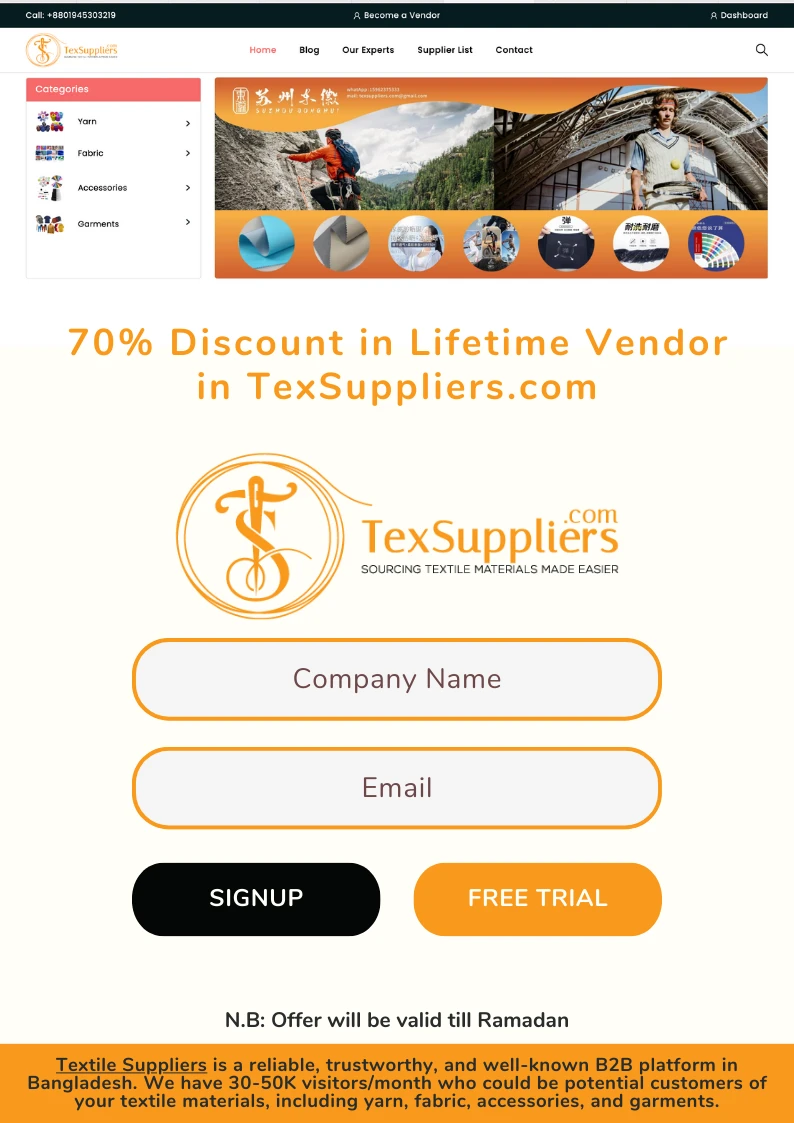
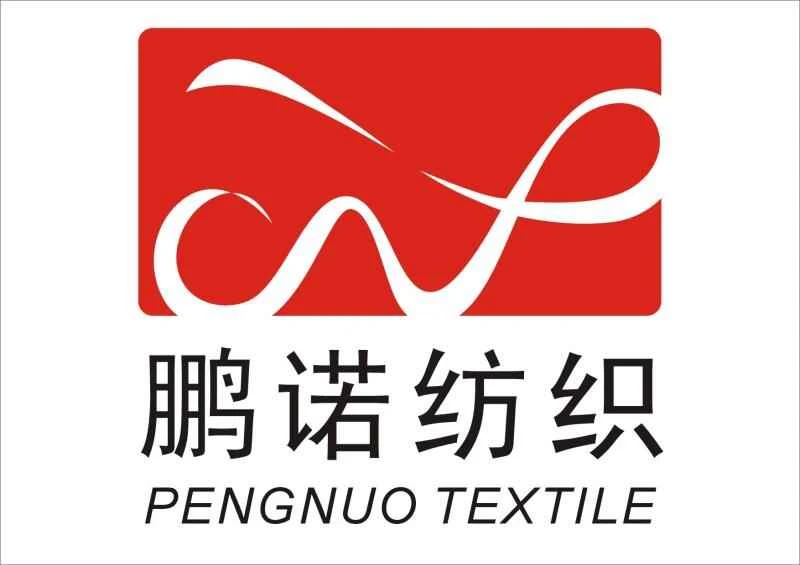

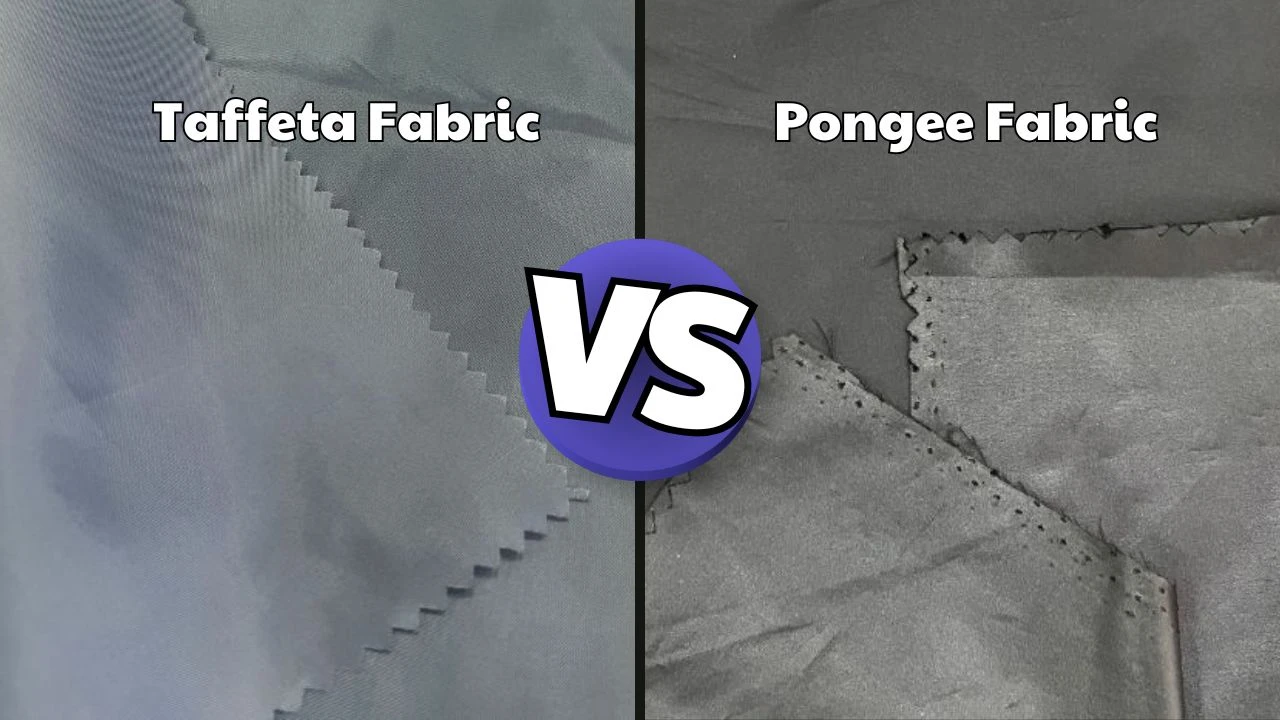
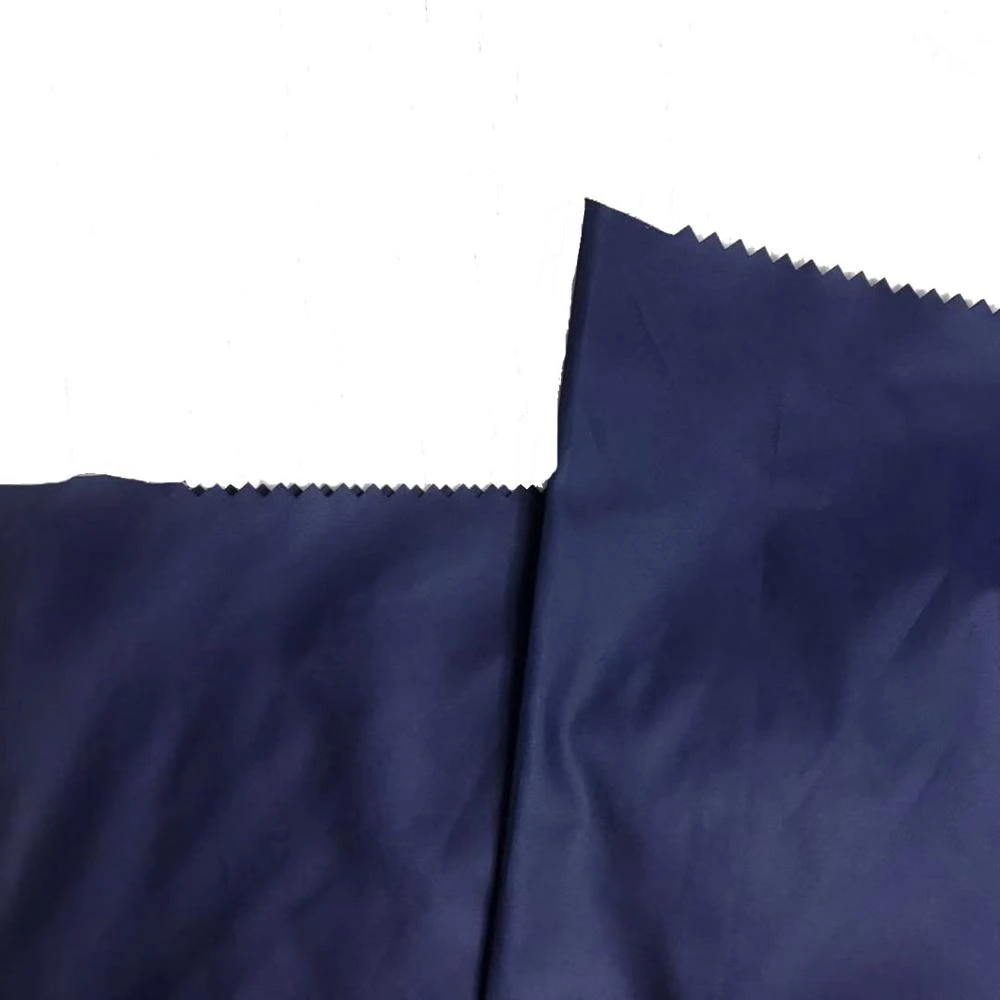
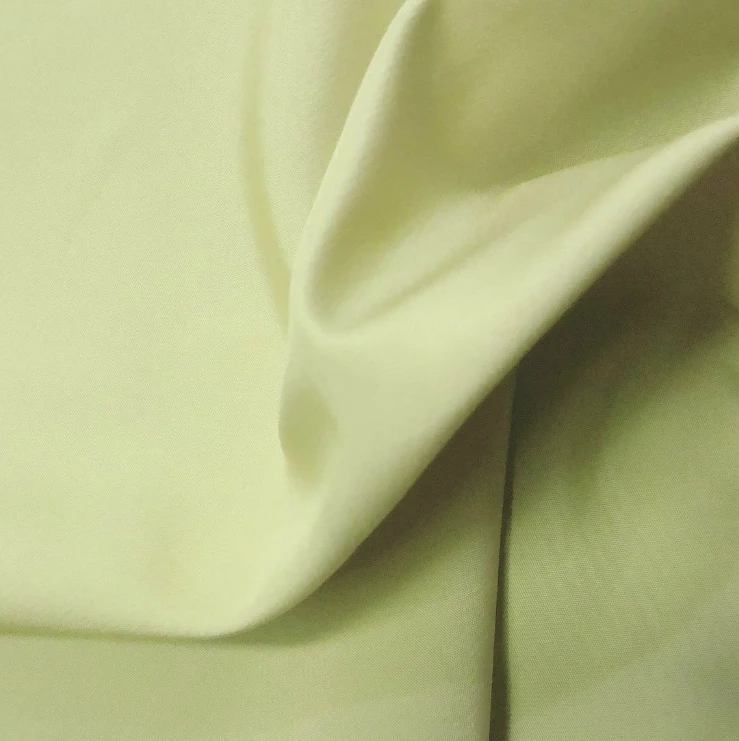
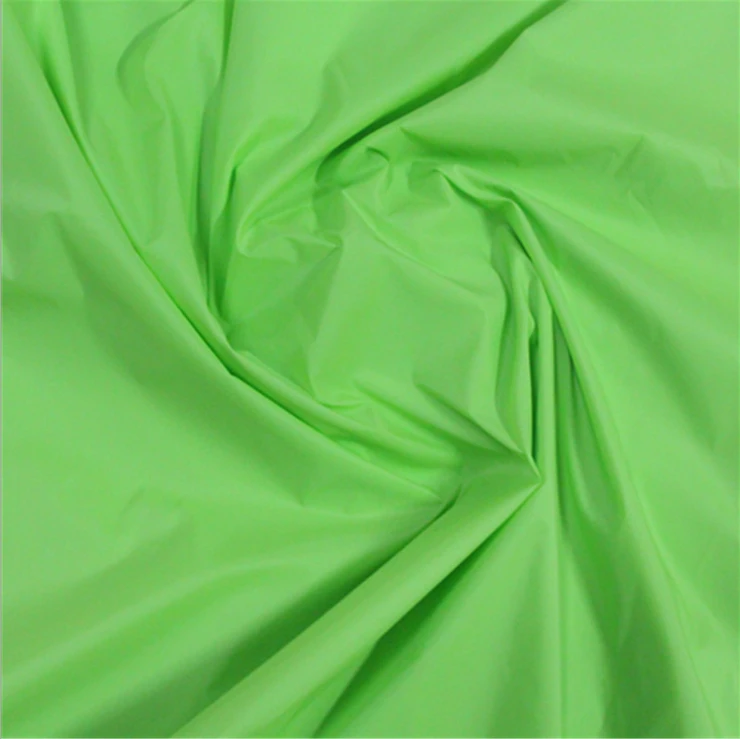
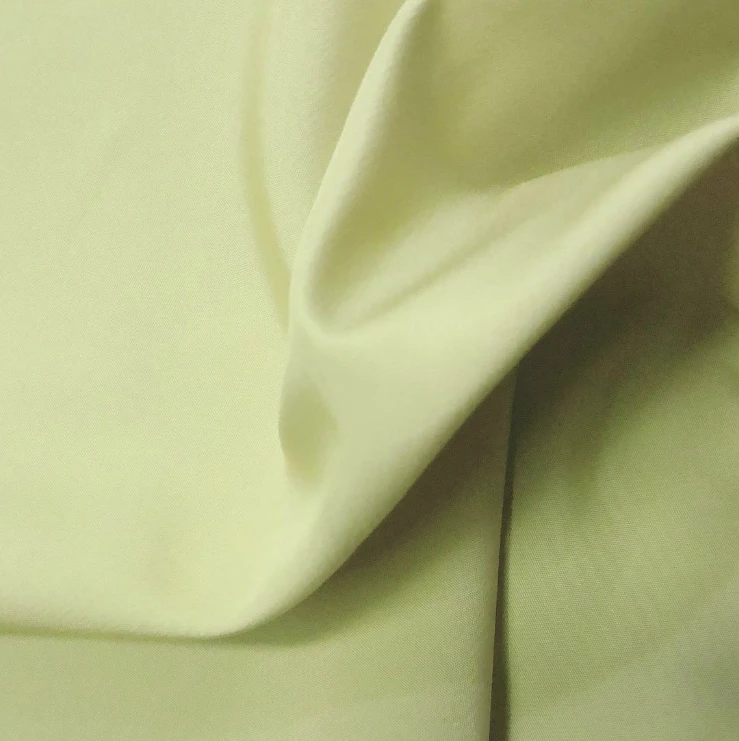
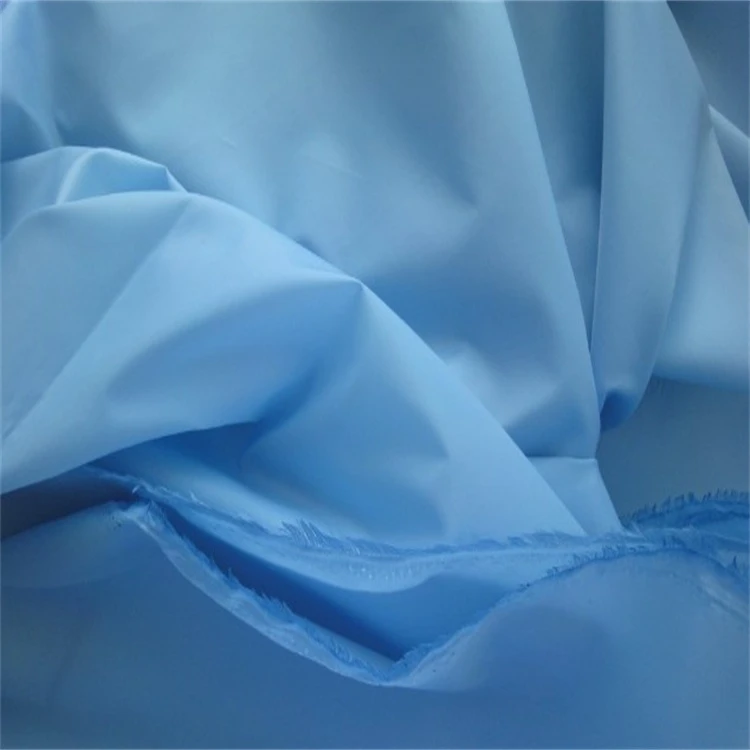
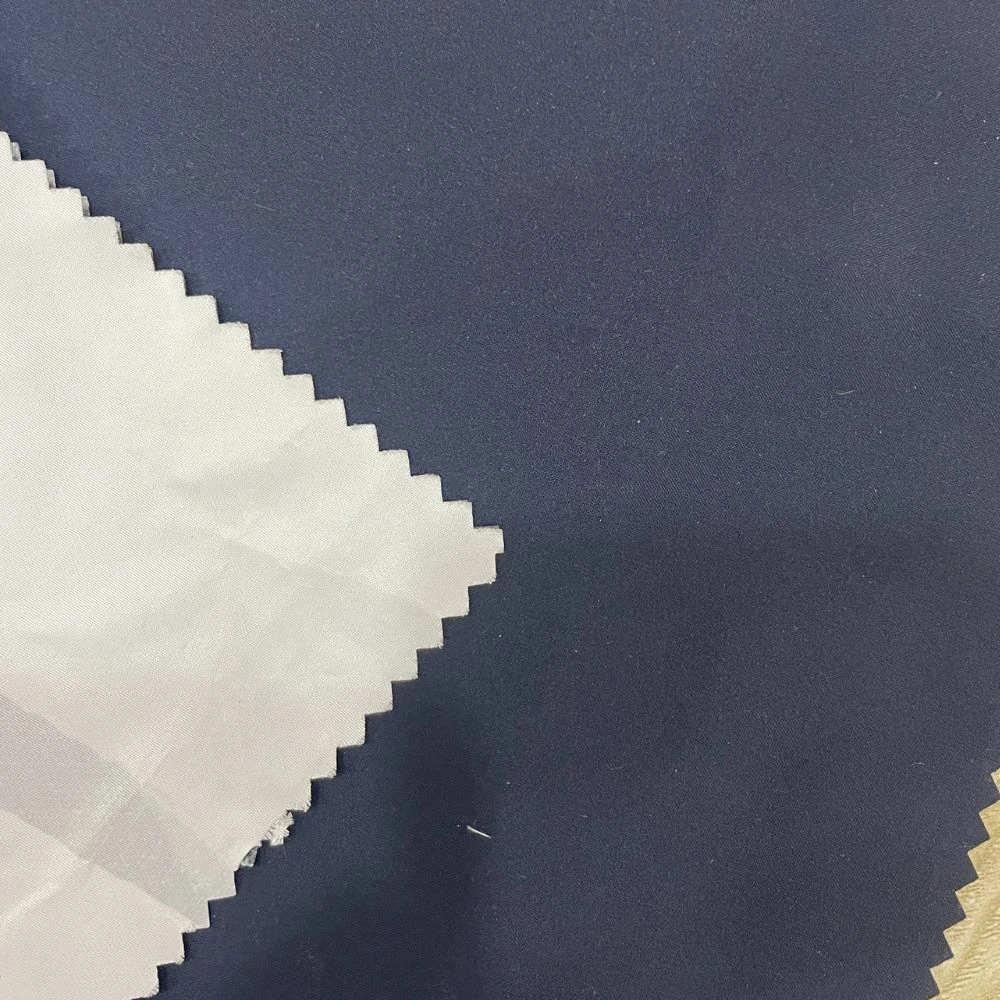
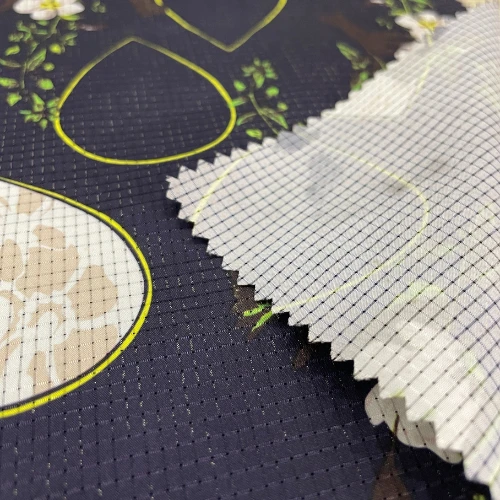
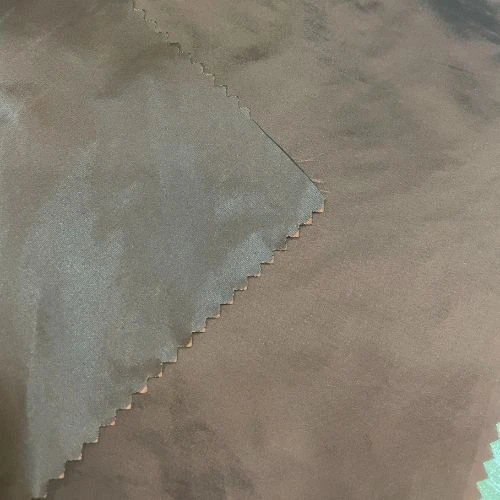
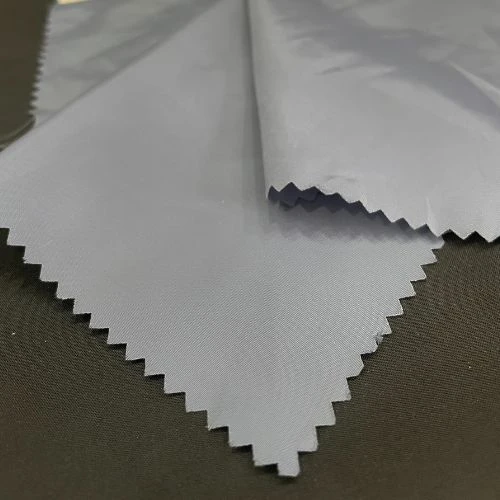
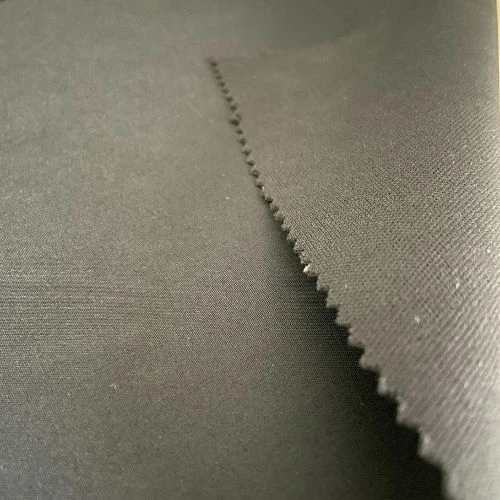
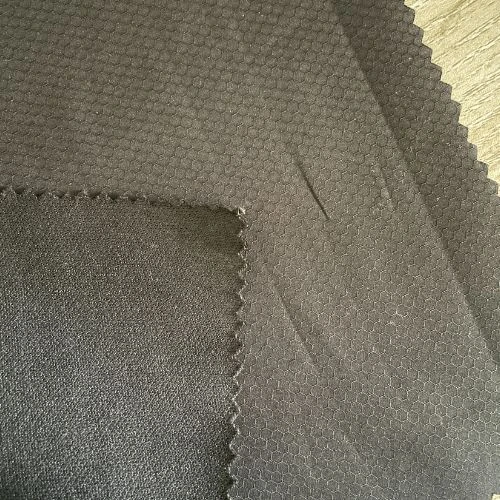
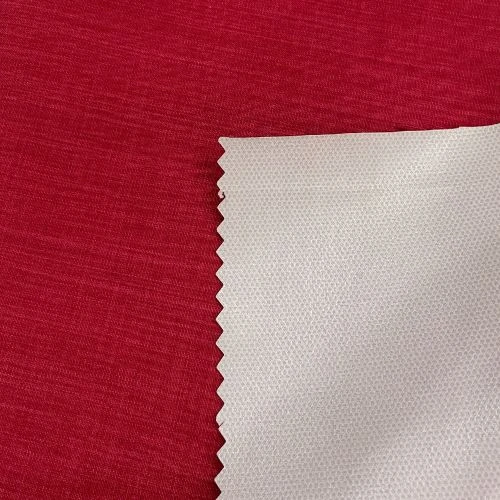
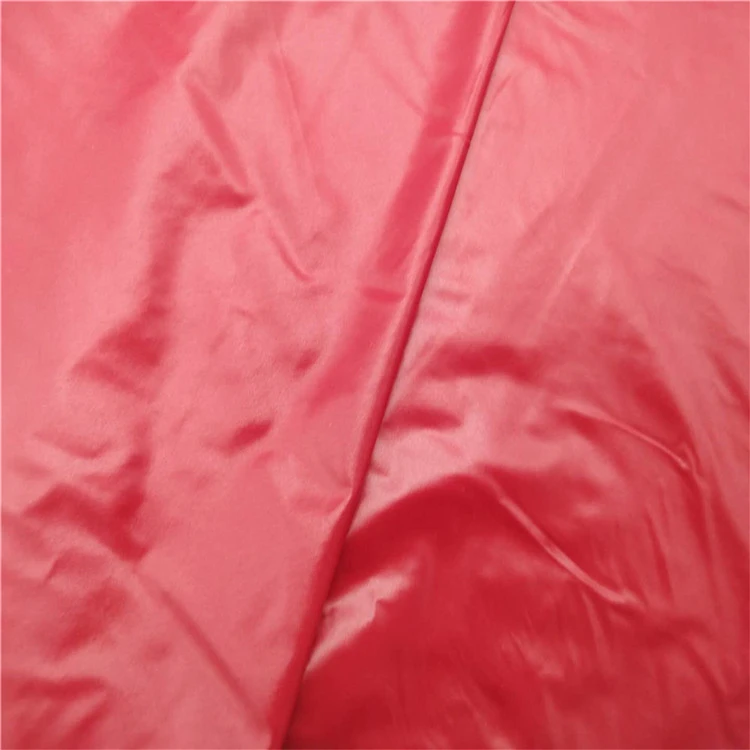
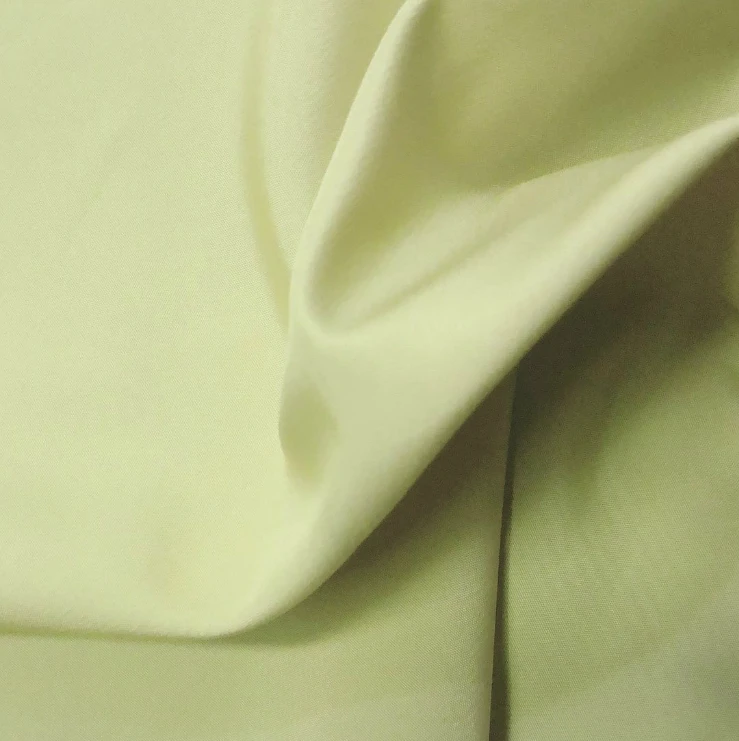
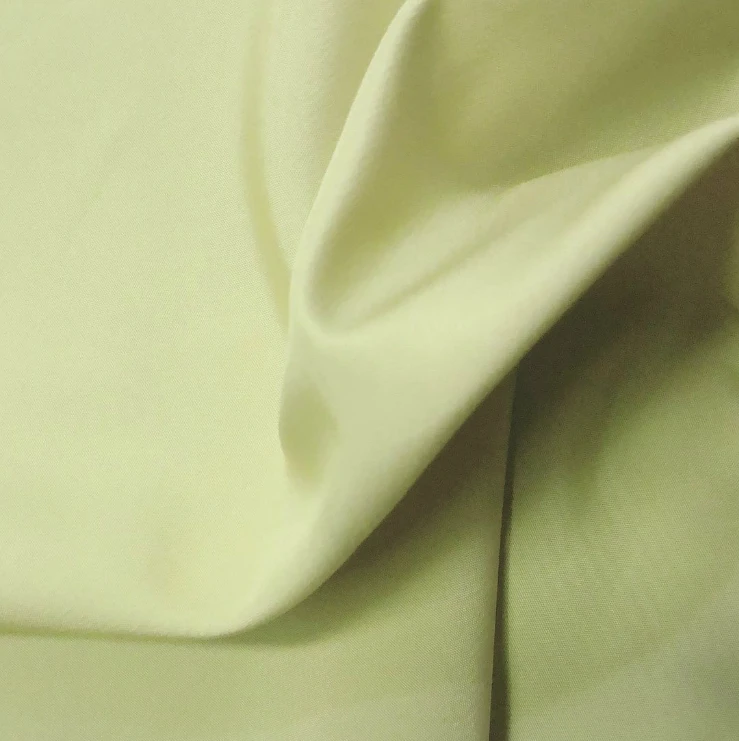
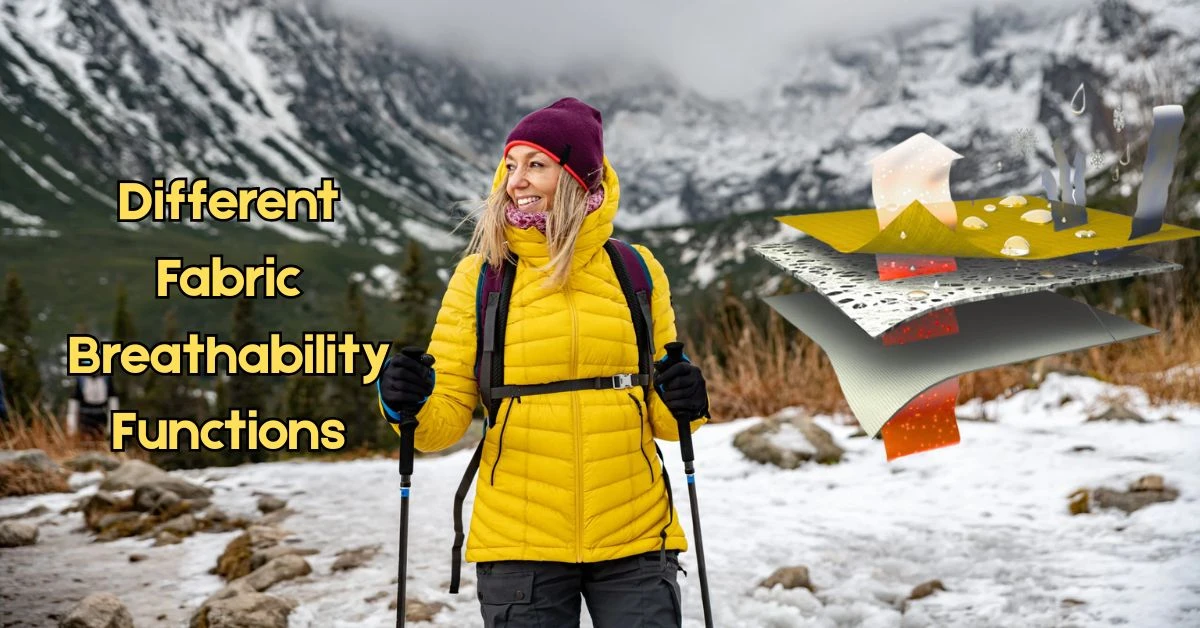
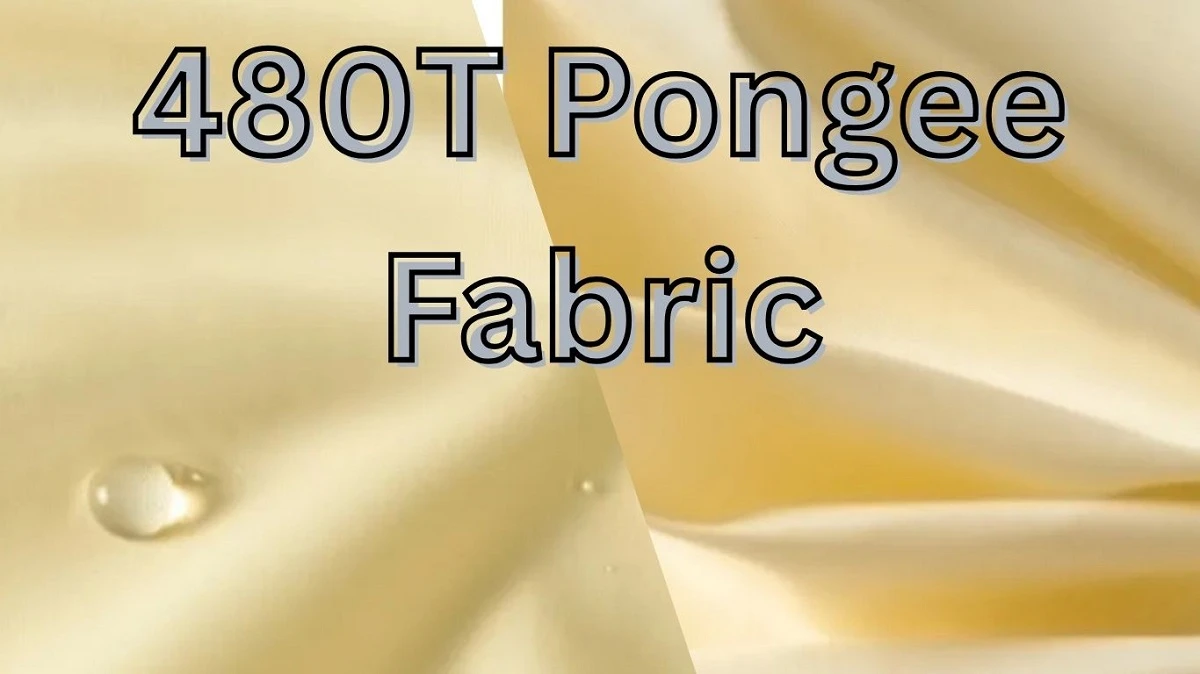
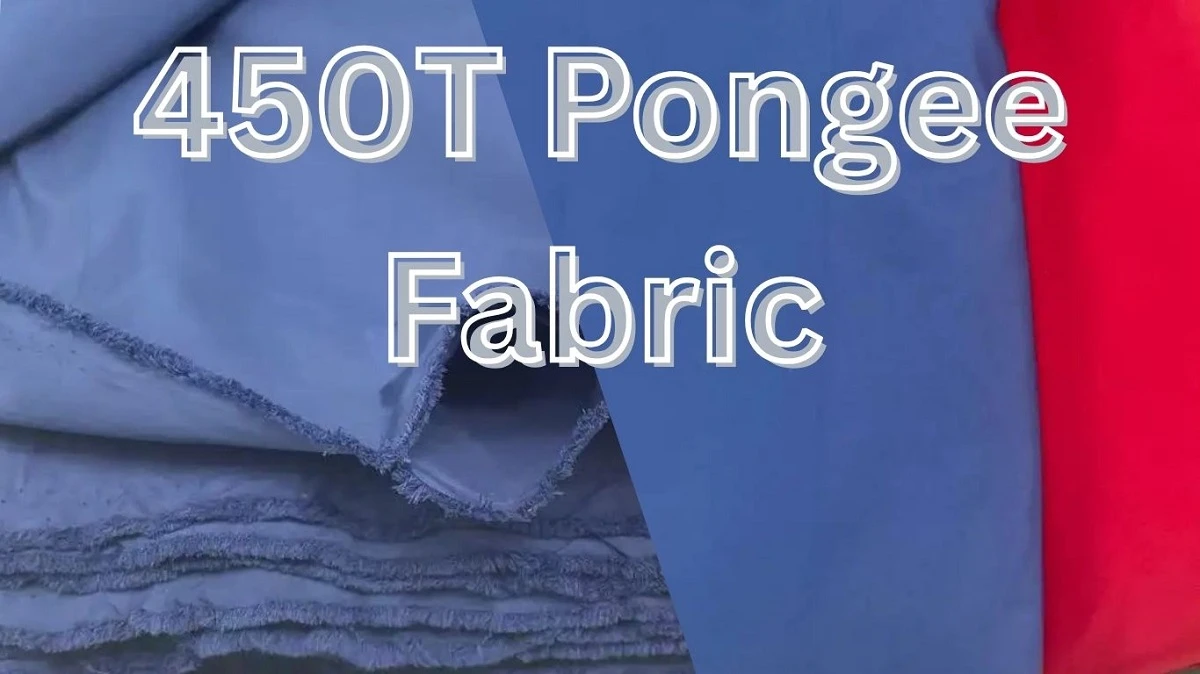
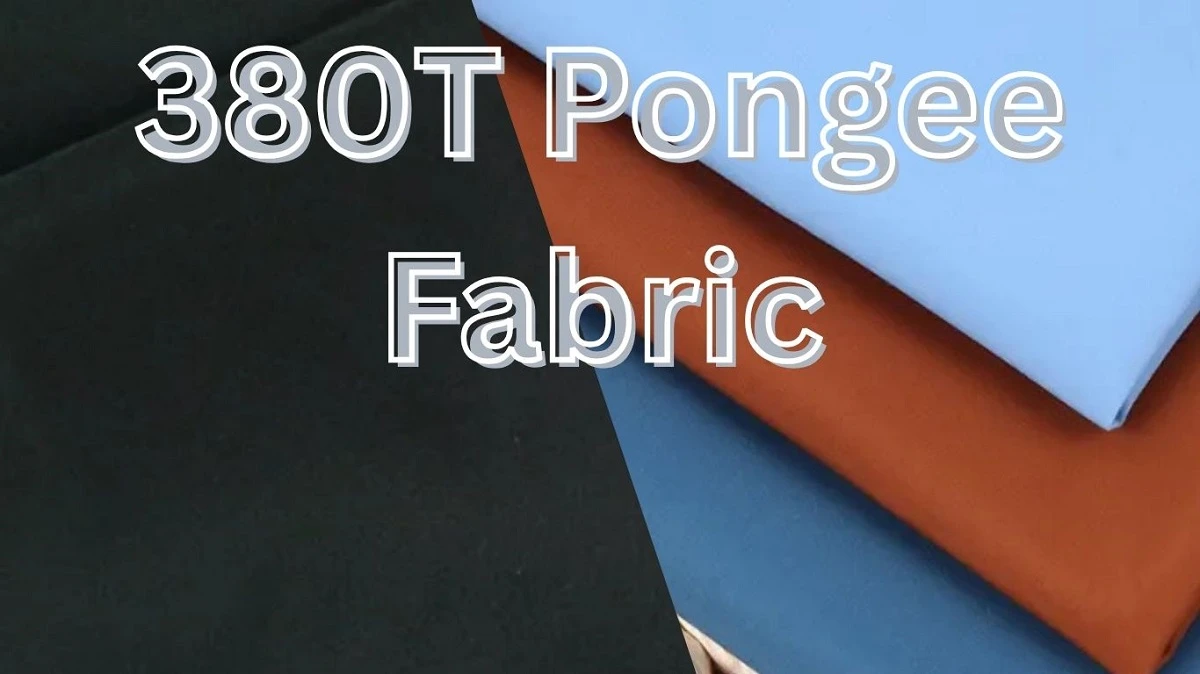
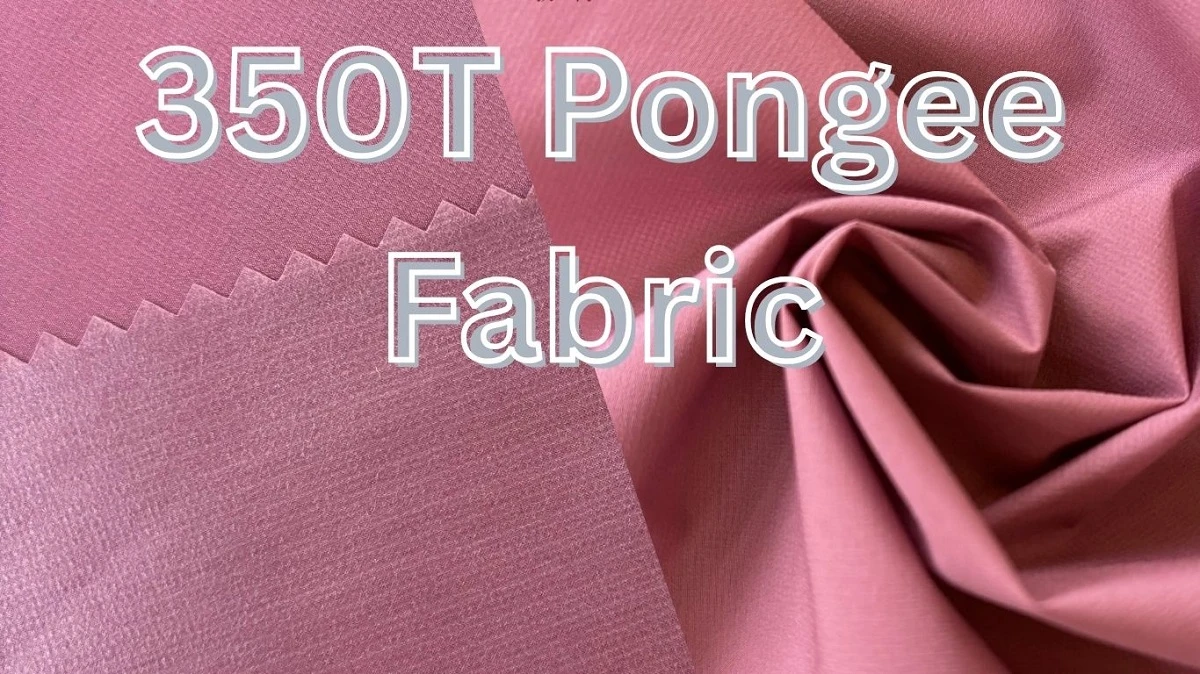
Comments - 00
Leave A Reply
Thanks for choosing to leave a comment.